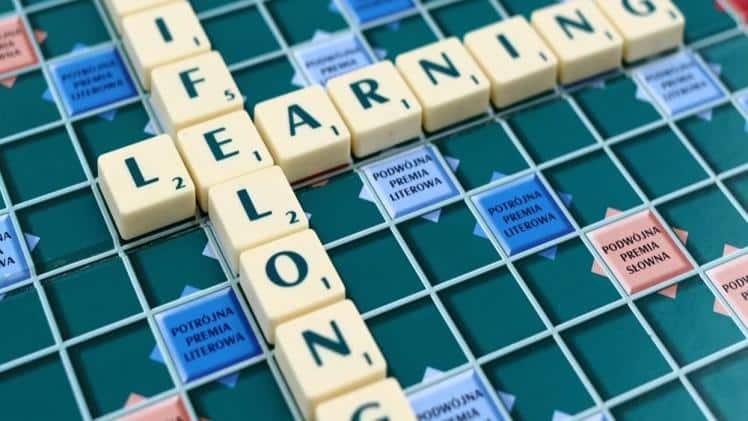Educational Alternatives to Prediction Games for Teens

Prediction games have become increasingly popular among teenagers, offering the thrill of guessing outcomes with the promise of rewards. While these games provide entertainment, concerns over their addictive nature and gambling-like mechanics have raised questions about their suitability for younger audiences. For parents and educators seeking healthier alternatives, educational games provide a solution that balances fun with learning. These games are designed to sharpen critical thinking, problem-solving, and creativity while avoiding the financial risks associated with prediction platforms like daman game.
Understanding the Appeal of Prediction Games
To provide effective alternatives, it is important to understand what draws teenagers to prediction games. The appeal often lies in their simplicity and the instant gratification of winning. The games are typically fast-paced, with minimal learning curves, allowing players to engage immediately. For many teens, the social aspect of playing with friends or competing online adds another layer of attraction.
Additionally, the excitement of guessing correctly and the possibility of earning rewards create an addictive cycle. This instant feedback loop taps into psychological triggers that keep players coming back. Recognizing these elements is key to identifying educational games that can match their engagement without the risks.
Educational Game Categories as Alternatives
Educational games span a wide range of genres, each offering unique cognitive benefits. These games are structured to promote learning while maintaining the thrill and challenge that teens enjoy in prediction games. Categories such as strategy games, simulation games, puzzle games, and coding-based games can serve as effective substitutes. Unlike prediction games, these alternatives emphasize skill development and knowledge acquisition rather than pure chance.
Strategy games like Civilization and Age of Empires teach planning, resource management, and critical thinking. Simulation games such as SimCity or The Sims encourage creative problem-solving and strategic decision-making. Puzzle games, including Portal and Monument Valley, promote spatial awareness and logical reasoning. Coding platforms like Minecraft Education Edition and Scratch introduce programming concepts through interactive play.
Benefits of Educational Alternatives Over Prediction Games
The primary advantage of educational alternatives is their emphasis on learning and growth. Rather than relying on luck or chance, these games encourage players to apply strategic thinking, develop new skills, and solve complex problems. They also foster resilience, as progress is typically based on mastery rather than random outcomes.
Furthermore, educational games often include collaborative elements that promote teamwork and communication. Multiplayer options allow teens to work together on projects, solve puzzles, or build virtual worlds, enhancing their social skills in a constructive environment. The sense of accomplishment derived from learning new skills or completing challenging tasks also boosts confidence and self-esteem.
How Parents and Educators Can Encourage Educational Gaming
For educational alternatives to be effective, parents and educators must actively promote them. This involves more than just recommending games—it requires integrating them into learning environments and daily routines. Encouraging teens to explore different game genres can broaden their interests and introduce them to new ways of thinking.
Setting goals and rewards for learning-based gaming can also motivate teens to engage with these platforms. For example, completing a certain number of coding challenges or mastering a strategy game level could be celebrated with additional game time or small rewards. Open discussions about the benefits of educational gaming versus prediction gaming can help teens understand the long-term value of learning-focused play.
Creating a Balanced Gaming Environment
It is important to recognize that gaming, whether educational or purely entertaining, should be balanced with other activities. Encouraging teens to spend time outdoors, participate in sports, and engage in face-to-face social interactions is crucial for healthy development. Educational games should be part of a broader lifestyle that includes diverse forms of learning and recreation.
Parents and guardians can establish boundaries for screen time, while also participating in gaming sessions to better understand their child’s interests and experiences. This not only promotes healthy habits but also strengthens the parent-child relationship through shared activities.
The Future of Educational Gaming for Teens
The future of educational gaming is promising, with advancements in technology driving more immersive and interactive learning experiences. Virtual reality (VR) and augmented reality (AR) are beginning to play a role in game-based learning, offering teens the chance to explore historical events, conduct science experiments, and solve real-world problems in a virtual setting.
As technology evolves, so do the opportunities for educational games to rival the excitement and engagement levels of prediction games. With greater emphasis on gamification in education, the line between learning and playing continues to blur, making it easier to introduce teens to educational alternatives that are just as captivating.
Conclusion: Shifting Toward Educational Play
While prediction games may offer short-term excitement, educational gaming provides long-lasting benefits that extend far beyond the screen. By choosing games that enhance skills, encourage critical thinking, and promote collaboration, teenagers can enjoy the thrill of gaming while building valuable life skills. Parents and educators play a crucial role in guiding this shift, ensuring that the next generation embraces gaming not just for entertainment, but for education and personal growth.



